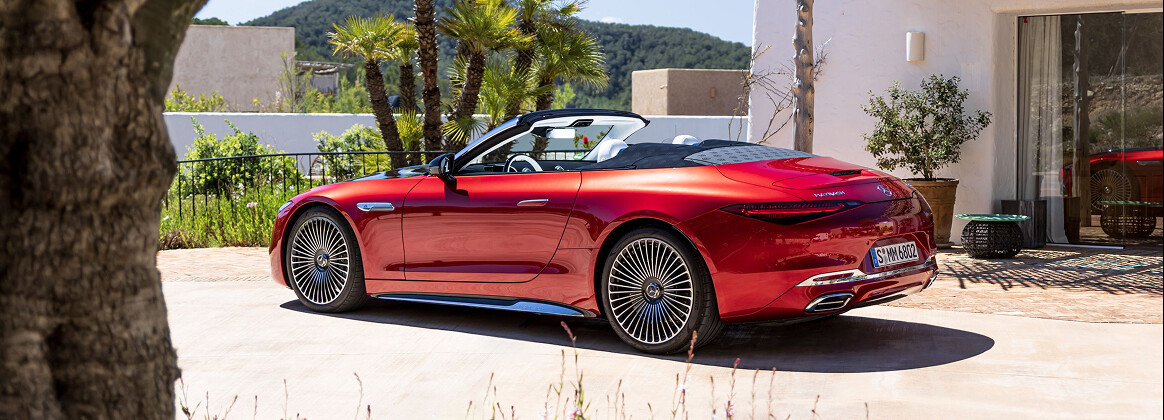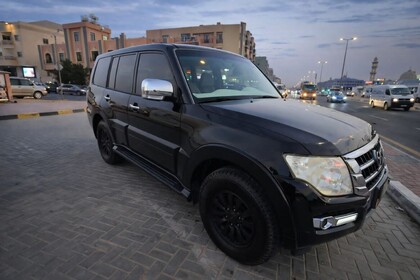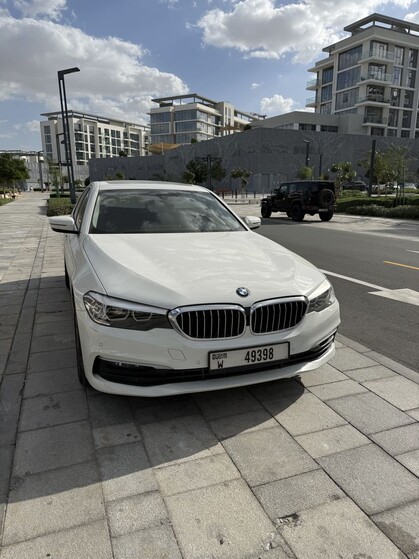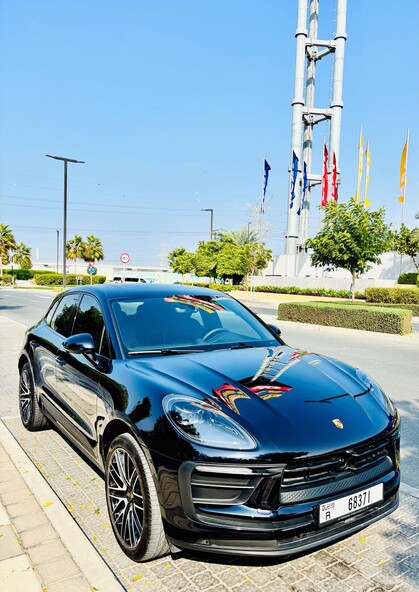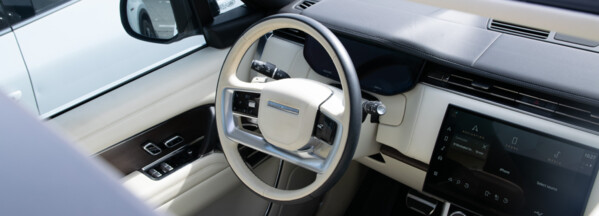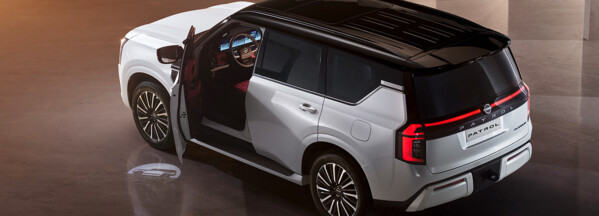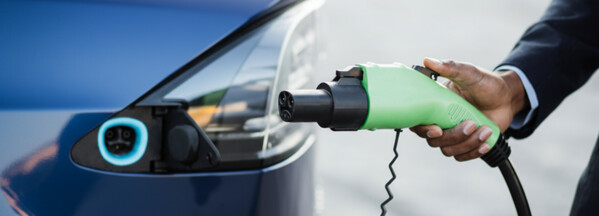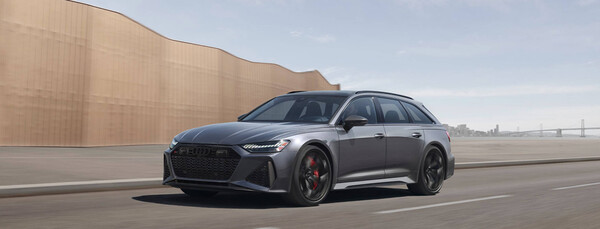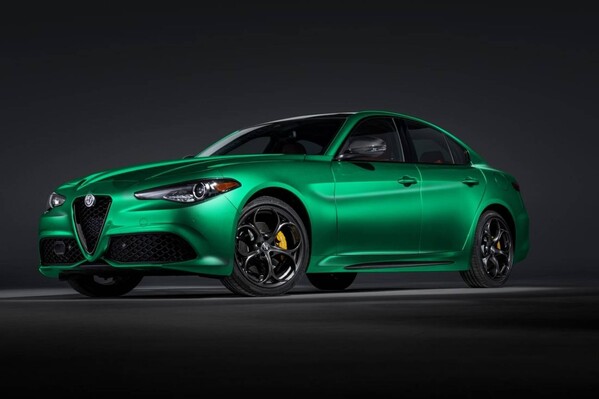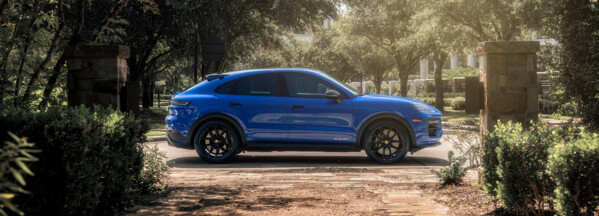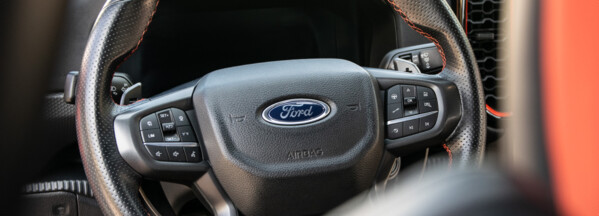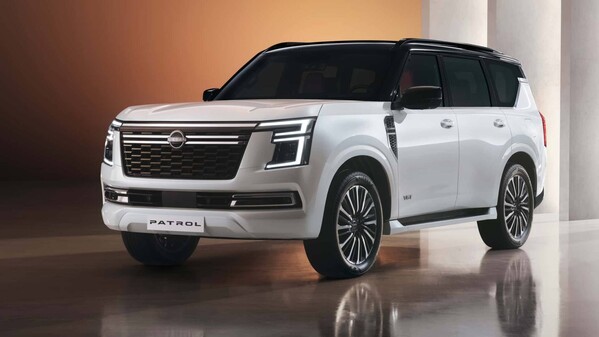If you've ever been confused by Mercedes naming schemes, you aren't the only one. You may have heard of the G-wagon (not its officially name by the way), but you probably haven't heard of the C300s, E53 AMGs, and GLE63 S 4MATIC+ models. Once you get to know Mercedes' seemingly complex naming system, you come to realise that it's pretty clever once you crack the code.
The Class System: Mercedes' Hierarchy Made Simple
Mercedes builds their entire lineup around classes, and once you understand this foundation, everything else clicks into place.
The Sedan Lineup
S-Class: The Big Boss. This is Mercedes' flagship – their absolute best. The "S" stands for "Sonderklasse" (special class in German), and these cars live up to the name. You'll see S450s and S580s cruising executive parking lots, while the AMG S63 is what happens when luxury meets serious performance.
E-Class: The Sweet Spot. Most people consider this the perfect Mercedes – luxurious enough to impress, practical enough for daily driving. The E300 and E350 are bread-and-butter models, while the E53 AMG adds some serious punch without going completely bonkers.
C-Class: Your First Mercedes. Think of this as Mercedes' entry ticket. The C300 is probably what most people picture when they think "affordable Mercedes," and the C63 AMG proves that small doesn't mean boring.
A-Class: The New Kid. Mercedes' newest and smallest sedan. The A220 targets younger buyers who want the three-pointed star without the traditional Mercedes price tag.
SUVs That Make Sense
G-Class: The Original Tough Guy. That boxy SUV that looks like it could climb mountains? That's the G-Wagon. Initially built for the German army, it has now become the ultimate status symbol. The G550 is already excessive; the G63 AMG is entirely over the top.
GLS-Class: Family Hauler Deluxe. Mercedes' biggest SUV is perfect for families who don't want to compromise on luxury. The GLS450 handles school runs and soccer practice with equal grace.
GLE-Class: The Goldilocks SUV. Not too big, not too small – just right for most people. Previously known as the M-Class and ML-Class, Mercedes decided to confuse everyone with the name change.
GLC-Class: Compact Luxury Done Right. Smaller than the GLE but still plenty practical. The GLC300 sells like hotcakes for good reason.
GLA-Class: When You Need Something Tall. Mercedes' smallest SUV, really more of a raised hatchback. The GLA250 appeals to city dwellers who want a commanding view without the bulk.
Sports Cars for Weekend Fun
SL-Class: Classic Roadster. "Sport Leicht" means sport light, and these convertibles have been making people smile since the 1950s. The SL450 is elegant; the AMG SL63 will rearrange your face.
AMG GT: Pure Sports Car. This is Mercedes saying, "We can build supercars too." The AMG GT R is track-focused madness that happens to be street legal.
Those Numbers Mean Something
Here's where it gets tricky. Mercedes used to keep it simple – the numbers told you the engine size. A 280 had a 2.8-litre engine, and a 500 had a 5.0-litre engine. Done.
Then turbocharging happened, and everything went sideways.
The Old Days vs. Now
Back in the day, you could decode any Mercedes instantly:
- The 200-300 range meant smaller engines
- The 400-500 range meant mid-size V6s and V8s
- The 550-600 range meant you were dealing with serious power
Now? A C300 doesn't have a 3.0-litre engine – it has a 2.0-litre turbo. Mercedes kept the numbers people recognised, but changed what they meant. Sneaky, but it works, and it has to - turbocharging meant that raw engine size no longer dictated its power.
Modern Number Logic
Today's numbers roughly indicate power levels:
- 300 models usually pack turbocharged four-cylinders
- 450 models typically get turbo V6s
- 550 models mean you're getting a twin-turbo V8
It's not perfect, but it gives you a ballpark idea of what you're dealing with.
AMG: When Regular Mercedes Isn't Enough
AMG is Mercedes' performance division, and their naming system has its own rules. These aren't just regular Mercedes with bigger engines – they're entirely different animals.
AMG 35/43/45: The Entry Level. Don't let "entry level" fool you – these are still rapid cars. The A35 and GLA35 are perfect for people who want AMG bragging rights without the full commitment.
AMG 53: The Hybrid Warriors. These models use mild-hybrid technology (Mercedes calls it EQBoost) to add electric assistance to already powerful engines. The E53 coupe is a perfect example of modern performance.
AMG 63/65: The Heavy Hitters. This is where things get ridiculous. AMG 63 models pack hand-built V8s that make obscene amounts of power. The 65 models (mostly discontinued now) had V12s that were wholly unnecessary and absolutely wonderful.
Black Series: Track Day Specials. Mercedes occasionally builds Black Series models that are basically street-legal race cars. They're rare, expensive, and completely bonkers.
The Electric Revolution: EQ Everything
Mercedes is going electric, and they're using "EQ" for everything battery-powered. It's simpler than their gas car naming, thankfully.
The EQS is their electric flagship, basically an electric S-Class. The EQC is their first mainstream electric SUV. As they roll out more EQ models, expect the same class structure with an "EQ" prefix.
Special Badges and What They Actually Do
4MATIC: Mercedes-speak for all-wheel drive. Originally developed for rally racing, now it's on everything from C-Class sedans to G-Wagons.
AMG Line: Appearance package that makes regular Mercedes look sportier without the AMG performance. Ideal for those seeking the look without the associated insurance costs.
Night Package: Black trim instead of chrome. Popular with people who think chrome is too flashy.
Understanding Any Mercedes Name
Here's an infallible method for understanding any Mercedes based on its model name:
- Find the letters (C, E, S, GLE, etc.) – as mentioned above, these tell you the size and type
- Look at the numbers – a higher number means more power under the bonnet
- Check for AMG – this is the performance variant
- Look for 4MATIC – this means it is an all-wheel drive
So a "Mercedes-AMG GLE63 S 4MATIC+" translates to: Mid-size luxury SUV, high-performance AMG variant, enhanced S version, with advanced all-wheel drive. See? Not so complicated.
Why This System Works
Mercedes' naming might seem overcomplicated, but there's method to the madness. Once you learn the pattern, you can walk onto any lot and instantly know what you're looking at. A GLC43 AMG? That's a compact luxury SUV with serious performance chops. An S580? That's the big luxury sedan with a powerful engine.
The system has evolved over decades, picking up quirks and exceptions along the way. But at its core, it's designed to tell you exactly what kind of car you're dealing with, luxury level, performance tier, and drivetrain setup, all in a few letters and numbers - pretty clever to be honest.
Understanding Mercedes names won't make you an expert overnight, but it'll make your next dealership visit less intimidating. And who knows? You might even sound like you know what you're talking about when your neighbour asks about that new GLE parked in your driveway.

